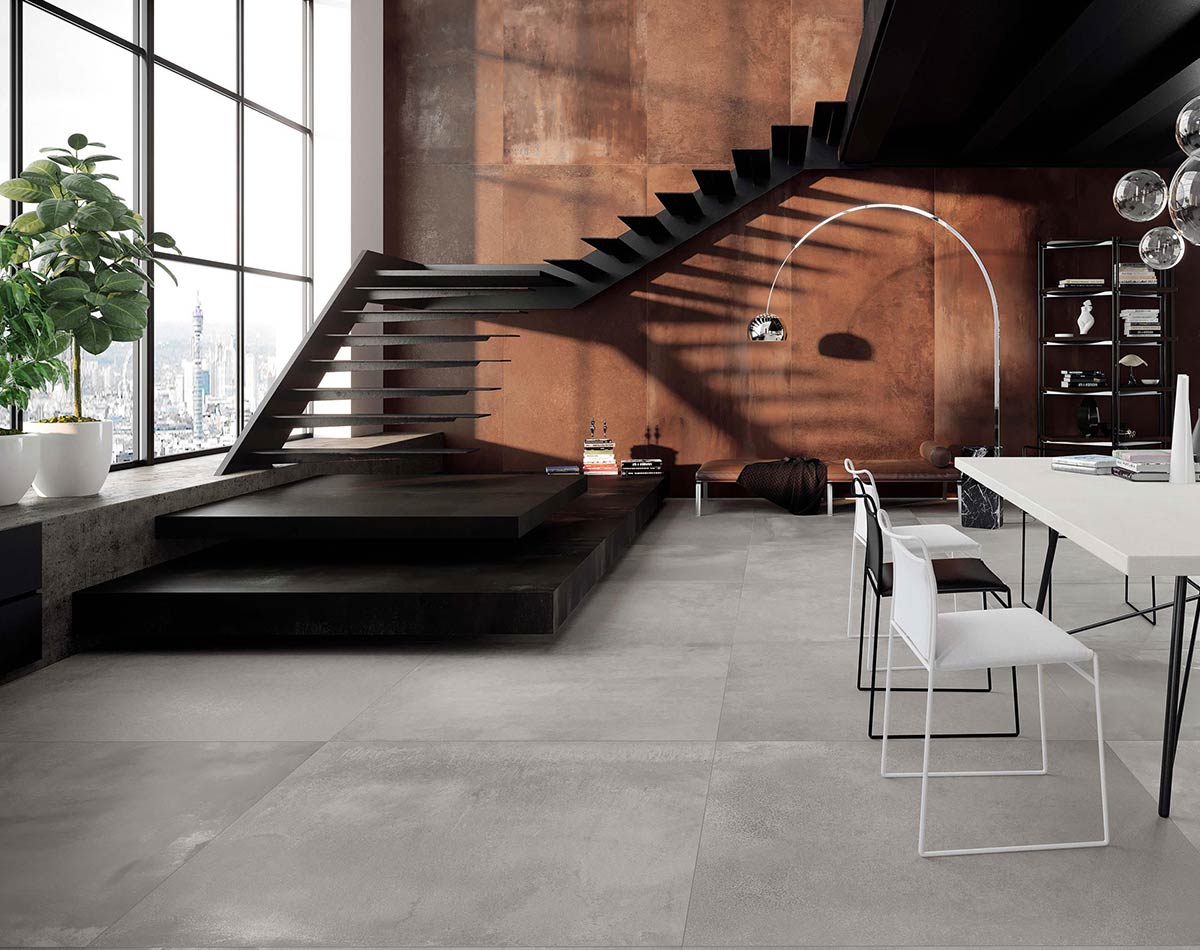Knowing how to calculate the number of tiles you need is as important as knowing what design you want to install. You don’t want to find out halfway through your tile installation that you didn't buy enough tiles! I know that the term “calculate” can be quite intimidating but trust me, it is not rocket science. You can do it, and we'll help you accomplish it!
When it comes to tiling a room, measuring accurately is by far the best way to prevent wasting money and time. In this article, we will teach you how to measure square footage and the tile calculation method for your next projects.
1. Gather your measuring tools.
Your equipment checklist is quite simple, whether you're measuring to get ceramic floor tiles for your living room or marble kitchen ideas. You will need a calculator, a pen and paper, and a measuring tape. Whether you are tiling your entryway floor or your kitchen walls, the techniques for estimating how many tiles you'll need are the same. If you have acquired all of this stuff, let's get started!
2. Measuring time!
Make sure the area is clear and that nothing is in the way of a straight line with your measuring tape before you begin. Move all of the furniture to the center of the room, and yes, your pet cat must also move out of the way! Check that the measuring tape can travel in a straight line without bending or folding over an object if you are unable to clear the entire area.
3. Calculate square feet.
Calculate the total size of the room you just measured because this will give you the total square footage in inches for each area where you want to tile. To calculate the room's square footage, multiply the length in feet by the width in feet. (Square feet= Length X Width)
The easiest area to calculate is a square room because it has the same width and length so all you need to do is multiply. For a rectangular room, multiply the length by the width of the room and then divide the result by 144.
A round or circular-shaped space is a little more challenging. First, you will need to find the radius. Divide the total length in inches by two and round up to the nearest whole number, to make your calculations simpler. After that, the radius is multiplied by pi, which equals 3.14. Round it up to the next decimal point once more to get your total in square feet.
4. Calculate the number of tiles needed.
You might be interested in the approximate number of tiles required to cover an area in addition to the overall square footage. Converting the covering area to the number of tiles is a breeze! But first, make sure you have the tile you'll be using on hand. To begin, multiply the tile's length and width in inches to get the area of one tile in inches. Finally, divide the space's computed size by the area of one tile. The result is the exact number of tiles required for the area.
If you don't want to perform all of these calculations yourself, you can easily find a floor tile calculator square foot online that will do everything for you.
5. Ensure full coverage.
Because you must account for cuts, wastage, and possible breakage when trimming tiles to fit, the final and most critical step is to acquire some additional tiles to ensure full coverage. You can never be too prepared, as they say.
Examine how you'll place your tile to accurately estimate your overage requirements. We propose that you increase your overage amounts to at least 15%. This 15% overage is also appropriate for tiles that will be installed in a room with a lot of edges and corners. When more tiles are cut to fit tightly around corners, there will be more waste.
Now, that did not seem like it needed a math degree, did it? Check out other tips about tiles and its installation at QHTC Tiles. They will be with you, every step of the way!






